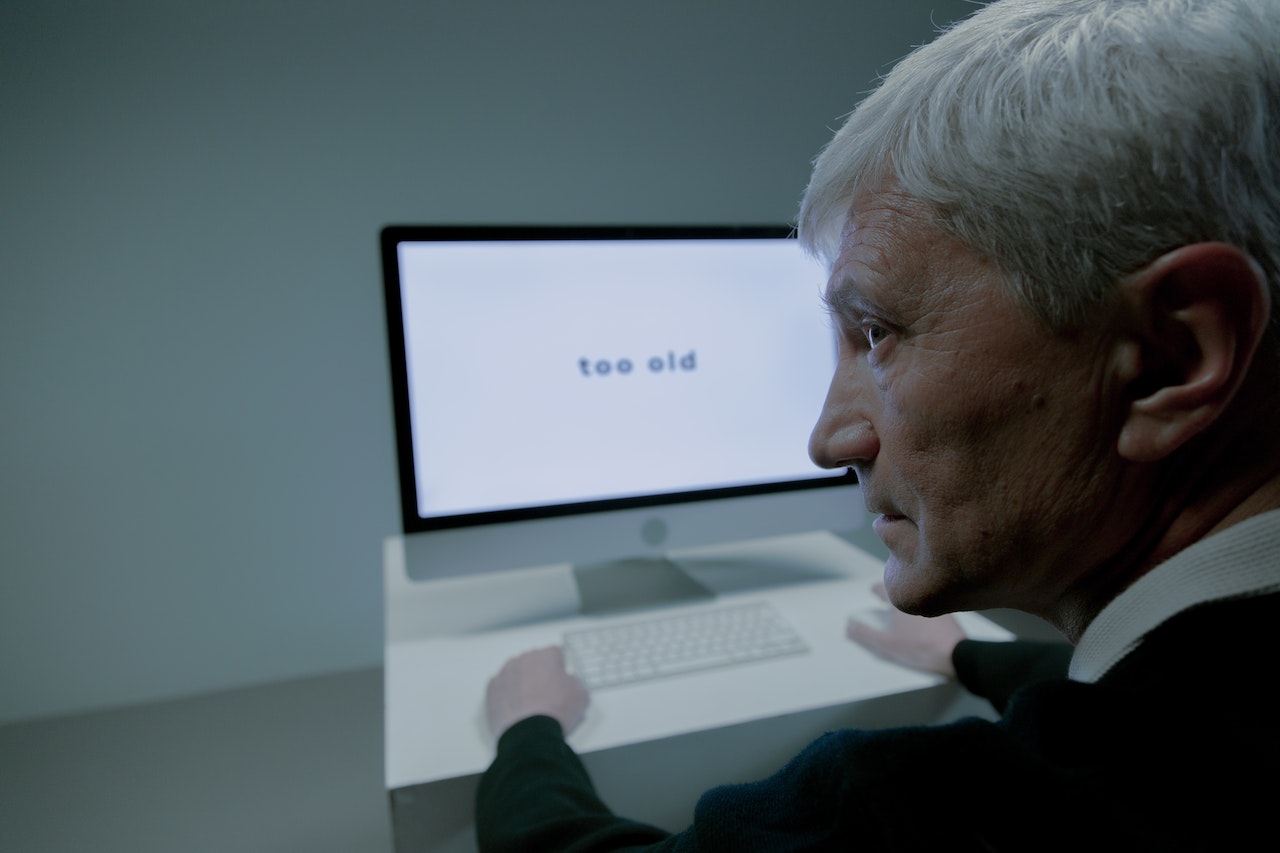By: Roger Braddock
Age discrimination is one of the fastest-growing fields of law. In 1999, the EEOC (Equal Employment Opportunity Commission) received 14,141 claims of age discrimination.
By 2003, this number had grown to 19,124 though it had slipped from its all-time high in 2002 of 19,921 claims received.
While the overall number of claims has risen, the number of age discrimination claims often keeps up with general economic conditions and employment layoffs. It is normal that when layoffs occur, discrimination claims go up, some of which are legitimate and some of which are not.
This growth is also attributable to the increasing number of aging employees in the workplace, along with new laws and the application of those laws.
ADEA Federal Law
Under Federal law, known as the Age Discrimination in Employment Act, or ADEA, employers may not discriminate against employees in hiring, firing, or other terms and conditions of employment if they are 40 years of age or older. Minnesota has its own parallel age discrimination law, which does not have any specific age restriction.
The Age Discrimination in Employment Act of 1967 (“ADEA”) applies to employers with 20 or more employees and prohibits age discrimination against employees 40 years of age or older. Age 39 does not get you an age discrimination claim. Nor does the act apply to you if you work for a company with 5 employees.
A person who is unlawfully discriminated against because of age is entitled to damages, including loss of income, emotional distress, and attorney’s fees. Additionally, a judge may double the damage award under Federal law or even award triple damages under state law.
Proving Age Discrimination
Age discrimination cases are difficult to pursue and hard to prove. To prevail, an employee must show that adverse action was taken because of age.
By adverse action, this can mean a couple of things, including termination, passing over the employee for a promotion because of their age, lack of or a reduced raise or cost of living adjustment, based on age, or any other action that would be considered negative in the workplace when age was considered a criteria. This could even include the assignment of certain clients or leads.
Sometimes, this can be shown by direct evidence of differential treatment based upon age. Obviously, this would include an admission on the part of the employer that “you are too old”, or, “we’d prefer to see someone younger start this job.” Such overt statements however, are rare and when they are made, they are rarely made in public and/or admitted to.
Sometimes the discrimination is put on the backs of someone else, “The client would like to see a fresher face on this one”, or “We need someone that can connect with a younger market.”
In most cases, however, direct proof is not readily available and circumstantial evidence must be used.
Merely replacing an older employee with a younger person does not establish age discrimination. Similarly, it is not necessarily illegal to replace an old employee with a high salary with a younger person earning a lower salary. An employer is liable for age discrimination only if the employee is able to prove that there was an intentional action because of age.
Proving Age Discrimination – Not An Easy Task
Age discrimination is often hard to prove in small firms of 20 or more employees unless there is some incontrovertible evidence that the employer acted because of age. Few employers would admit such an intent and the dismissal of one or two senior employees is not evidence that age discrimination has occurred.
In most cases, the case for age discrimination must be assembled from circumstantial facts across a group of people. An extreme example would be if a company of 5000 employees had none that were over age 45, or terminated everyone over age 50 and replaced them with substantially younger persons, or older employees on average received substantially less income or fewer raises than did their younger counterparts.
You do not have to be fired to be the victim of age discrimination either. Rather than fire older workers, companies with an agenda to “get younger” will simply try to get older workers to quit and then replace them with younger people.
Bottom line though is that regardless of the actual employer’s type of action, putting together an age discrimination claim can take time and loads of research and effort.
If your efforts show only a very slight variation in the way older workers are treated, it probably won’t be substantial enough. If for instance, employees under age 55 received an average of a 5.2% wage increase and workers over age 55 only received an average of 5.0%, your case could be hard to prove. You can draw a line at any age and say that people on one side have slightly different statistics than those on the other side.
Age discrimination laws are not in place to make everything equal. They are however, very effective at making sure that there is not an employer agenda that discriminates against any employee or group of employees, based on age.












